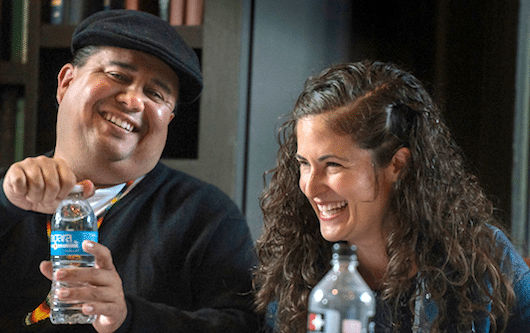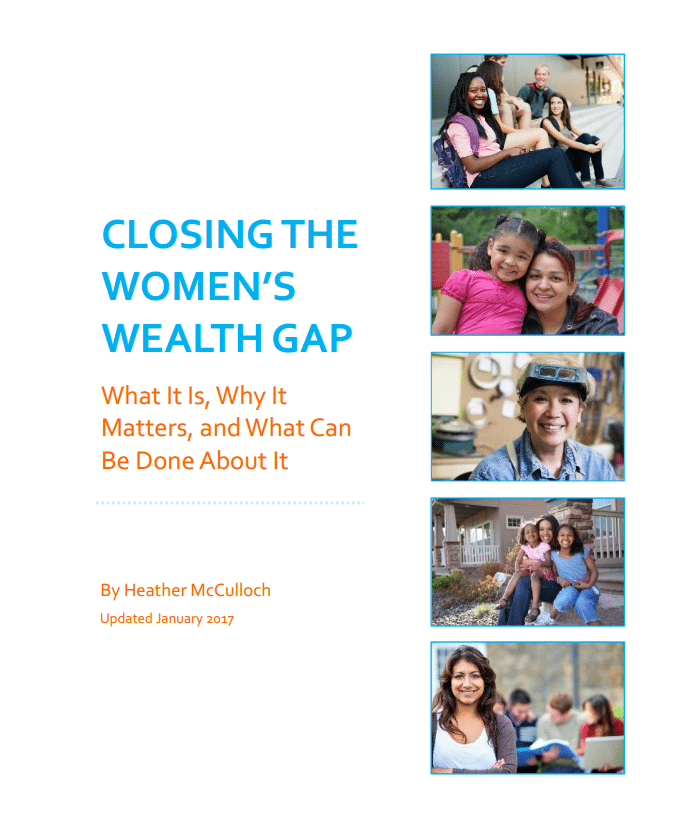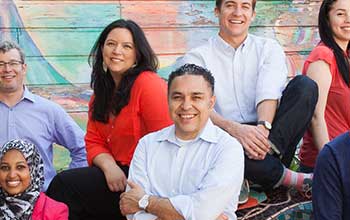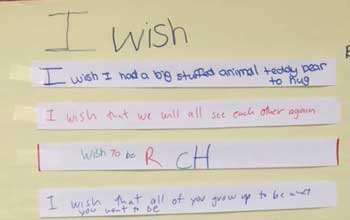The High Cost of Being Poor: Financial Justice for All
The issue of fines and fees has, until recently, not been one that claimed too…
How Funders Can Better Serve Grantees
I was born in New Mexico and grew up in a large, hard-working family. My…
Explaining the Women's Wealth Gap: Video
Understanding is the key to empathy — and effective action. For over a year,…
Closing the Women's Wealth Gap, Together
Last June, I wrote about the shocking gap separating men and women when it…
Making the Invisible Visible at Mission Asset Fund
I've thought a lot about the qualities that most reliably form the…
The Real Value of Job Training
In July 6th's issue of the New York Times, Eduardo Porter presents sound…
The Profound Impact of Children's Dreams
The wishes of children living in the FESCO family shelter in Hayward — recorded…
Working Towards Wage & Wealth Equality for Women
Women do not make as much money as men. This fact enters our daily discourse…









